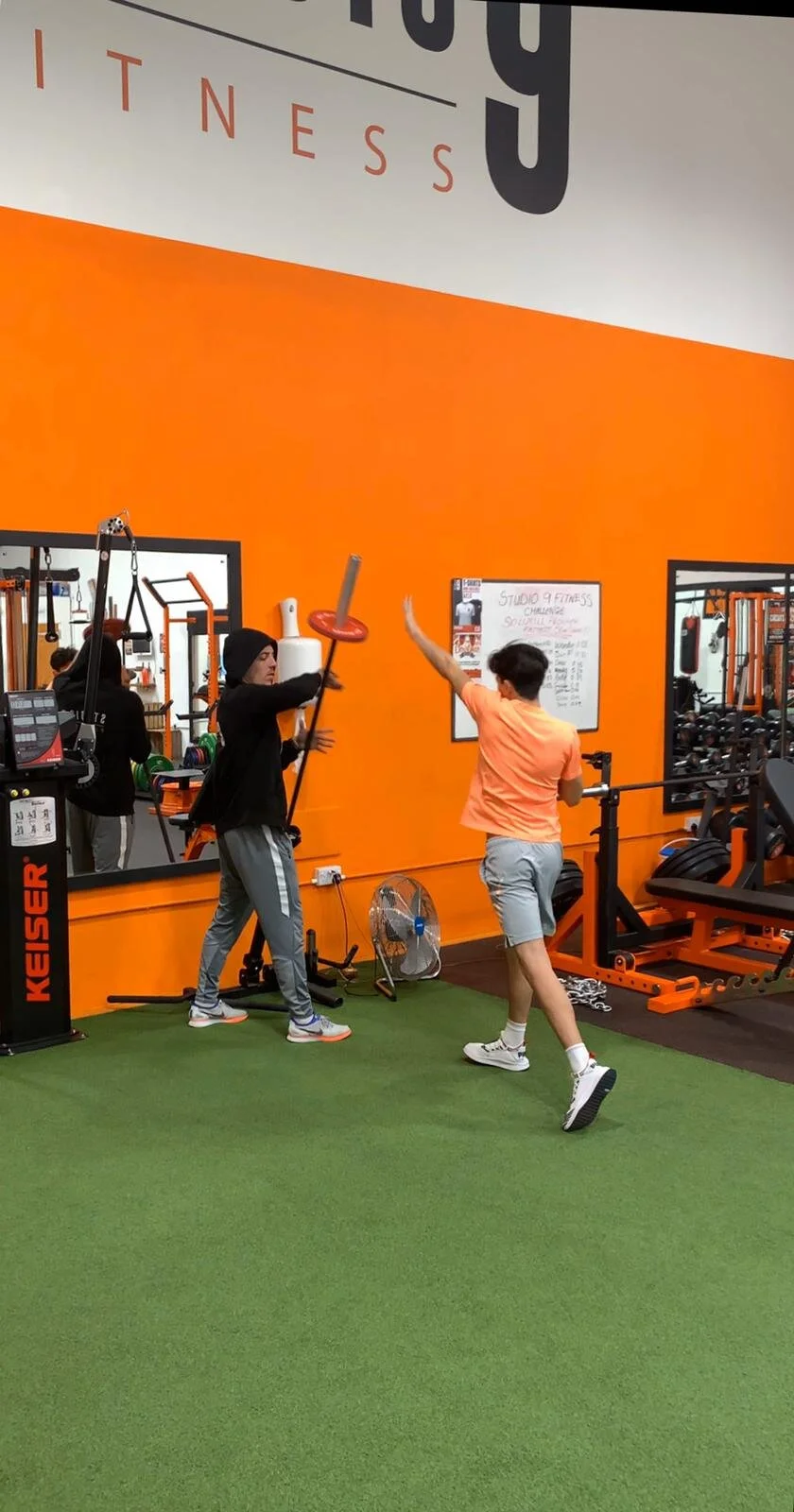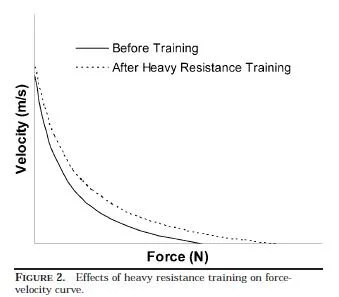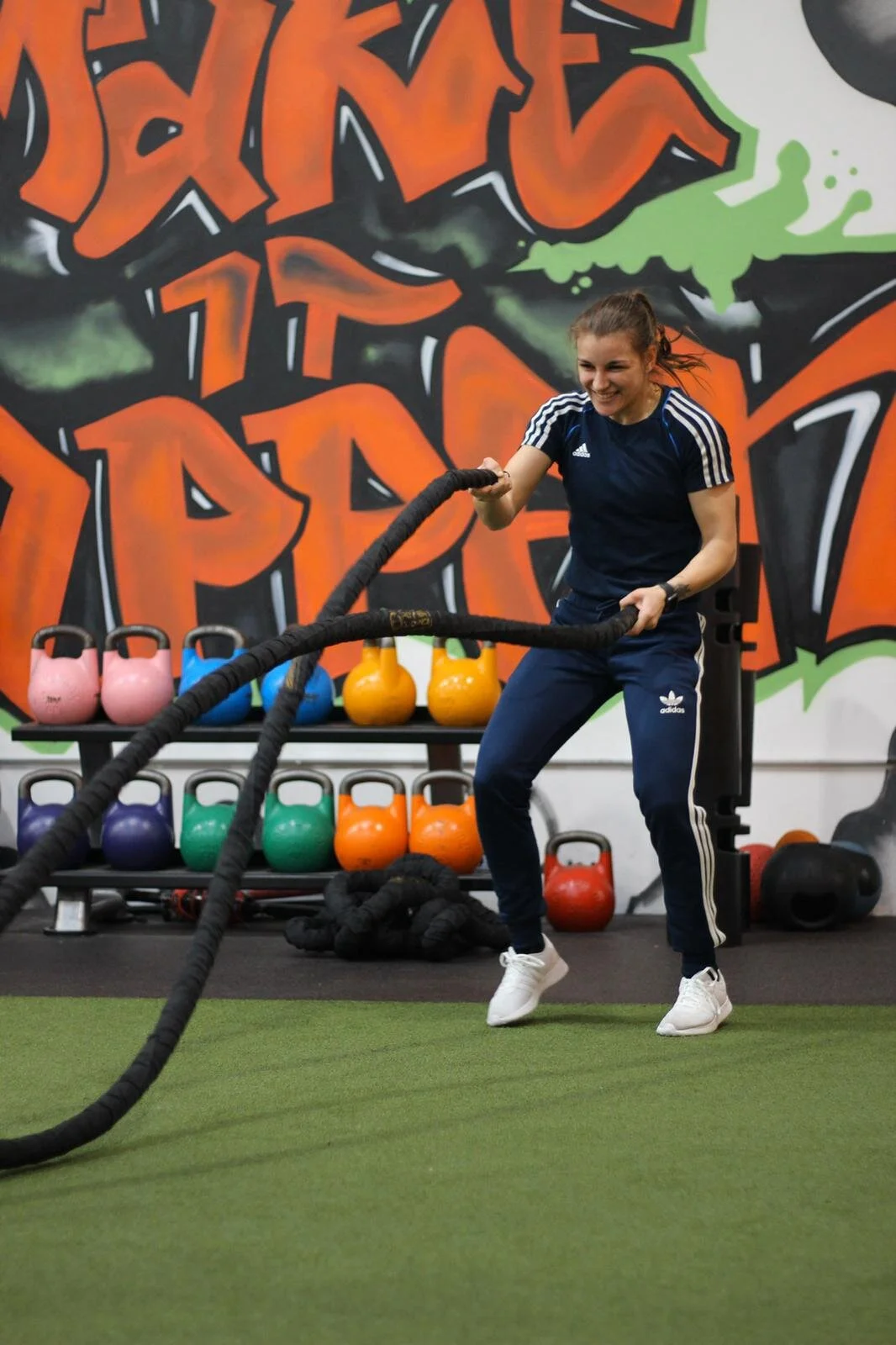Hypertrophy is an increase in the size of cells (or tissues) in response to various stimuli. The example we will discuss in this blog is muscular hypertrophy in response to exercise. Exercise stimulates skeletal and cardiac muscle fibres to increase in diameter and to accumulate more structural contractile proteins. Such adaptations to skeletal and cardiac muscle causes enhanced strength and function.
Two factors contribute to hypertrophy: sarcoplasmic hypertrophy, which focuses more on increased muscle glycogen storage; and myofibrillar hypertrophy, which focuses more on increased myofibril size.
Myofibrillar Hypertrophy:
Myo means “muscle” and a fibril is a threadlike cellular structure.
Myofibrils are made up of proteins that can contract and are what allow muscles to function as they do. Each muscle fibre contains many myofibrils.
Myofibrillar hypertrophy refers to an increase in the size and number of myofibrils in muscle fibres. This increases the force with which muscles can contract.
Sarcoplasmic Hypertrophy:
Sarco means “flesh” and plasmic refers to plasma, which is a gel-like substance in a cell containing various things vital to the maintenance of life.
Sarcoplasm is the plasmic elements of muscle cells, and it includes proteins, glycogen, water, collagen, and other substances.
Sarcoplasmic hypertrophy is an increase in the volume of the fluid, non-contractile components of the muscle (the sarcoplasm).
Hormones are very important with it comes to hypertrophy training. They can be divided into two general categories:
· Anabolic
· Catabolic
Anabolic hormones promote the building of structures within the body. With the aim of a hypertrophy training phase being the building of skeletal muscle, it would be prudent to maximise the effects of the anabolic hormones. The characteristic male sex hormone testerone is known for its anabolic properties. Testosterone plays an important role in muscle growth due to its role in protein synthesis. Males exhibit approximately ten times greater testosterone than females. This is one reason why males are able to achieve significantly greater levels of hypertrophy than females. Exercise guidelines for maximising an anabolic response should include the following:
· Select exercises that involve a large amount of muscle mass (compound lifts)
· Utilise a moderate to heavy resistance
· Use a moderate to high volume of training
· Emphasize short rest periods between sets
Catabolic hormones break structures down within the body. Chronically high level of catabolic hormones within the body would be counterproductive to the objective of hypertrophy. Cortisol is one of the most catabolic hormones found within the human body. One of the major roles of cortisol involves the conversion of stored protein (muscle) into glucose and glycogen. As well as catabolising existing protein, cortisol decreases protein synthesis, thereby inhibiting any muscular gains. Based on the stresses of day to day living, family, work, travelling, finance, food and exercise itself, cortisol levels are exceptionally high. What you do outside of your hypertrophy sessions is key to success and managing cortisol is key.
Here’s some tips for controlling cortisol levels:
· Ensure that an adequate quality and variety of nutrients is consumed on a regular basis
· Avoid overtraining. Try not to train 3 or more days in a row without a rest, and keep workouts under an hour
· Avoid stress and practice relaxation techniques
· Try to sleep at least 8 hours every night
· Spike insulin levels after a workout. Research shows that insulin levels may enhance post-workout cortisol clearance, promoting the switch to anabolism. Consumption of high glycaemic carbohydrate drinks or snacks will generate an insulin spike
The Hypertrophy Process
When you start exercising a muscle there is first an increase in the nerve impulses that cause muscle contraction. This alone often results in strength gains without any noticeable change in muscle size. As you continue to exercise, there is a complex interaction of nervous system responses that result in an increase in protein synthesis over months and the muscle cells begin to grow larger and stronger.
There are two essential components necessary for the growth of muscles - stimulation and repair. Stimulation occurs during the contraction of the muscle, or during the actual exercising of the muscle. Each time that a muscle is exercised, contraction occurs. This repeated contraction during a workout causes damage to the internal muscle fibres. These muscles fibres are broken down throughout the course of a workout. Once damaged these fibres are then ready to be repaired. This is where muscle growth occurs.
To Maximise Hypertrophy, The Following Guidelines Are Recommended:
· Current American College of Sports Medicine (ACSM) guidelines for hypertrophy are that you perform 3-4 sets of 10-12 reps at a tempo of 4:2:1 (eccentric:isometric:concentric)
· Eccentric (lengthening) muscle contractions are believed to optimise muscle hypertrophy more than isometric or concentric actions - they also are the strongest muscle contraction. However, concentric failure is also an important stimulus to place upon the muscle to optimise hypertrophy.
· Hypertrophy training generally occurs between 6-12 reps. As a beginner lifting any amount of weight for any amount of reps will generally increase muscle mass. But as your body becomes accustomed to the weight you will need to be more specific with your intensities and the stimulus you put upon the muscle.
· ACSM’s guidelines are:
o Intensity - use a load of 70-85% 1RM for novice to intermediate clients and a load of 70-100% for advanced clients.
o Sets - 1-3 sets of 8-12 repetitions for novice to intermediate and 3-6 sets of 1-12 repetitions for advanced clients.
o Rest period - 2-3 min for higher intensity exercises that use heavier loads. 1-2 minutes between the lower intense exercises with light loads.
· Hypertrophy sessions are generally ‘split sessions’. This means you train a specific group or groups of muscle in one session e.g. Chest and Triceps on Monday, Legs on Wednesday, Back and Biceps on Friday. There are many variations of split routines that you can follow that will change the stimulus on your body and therefore, hopefully, your body’s adaptation. The key is to find a frequency and structure that suits your lifestyle, time availability, level of fitness and experience.
Hypertrophy training programmes are designed to build muscle. This type of training should only be embarked upon once a solid foundation of technique, posture, basic cardiovascular fitness and flexibility has been built. Without having a foundation to build upon your gains will be short lived, you will experience injury and fatigue quicker and therefore adherence to the hypertrophy training plan decreases along with the gains.
Hypertrophy in Sports Performance
Examples of increased muscle hypertrophy are seen in various professional sports, mainly strength related sports such as Olympic weightlifting, mixed martial arts, rugby, professional wrestling and various forms of gymnastics.
Athletes in other more skill-based sports such as basketball, baseball, ice hockey and football may also train for increased muscle hypertrophy depending on their position of play.
Some athletes will not benefit from muscular hypertrophy training and should focus their programmes purely on strength and power. Lightweight boxers would not want to increase their muscle mass too much because this will inevitably increase their overall bodyweight which will make it difficult for them to make weight healthily without having to lose muscle mass. Whilst there is an overlap between hypertrophy and strength training, the programmes for each individual athlete should be adapted accordingly to ensure that the desired results will be achieved.
Building muscle is something that takes times and consistency. Stay dedicated to your goal and focus on the process. And remember, we are built not born.




